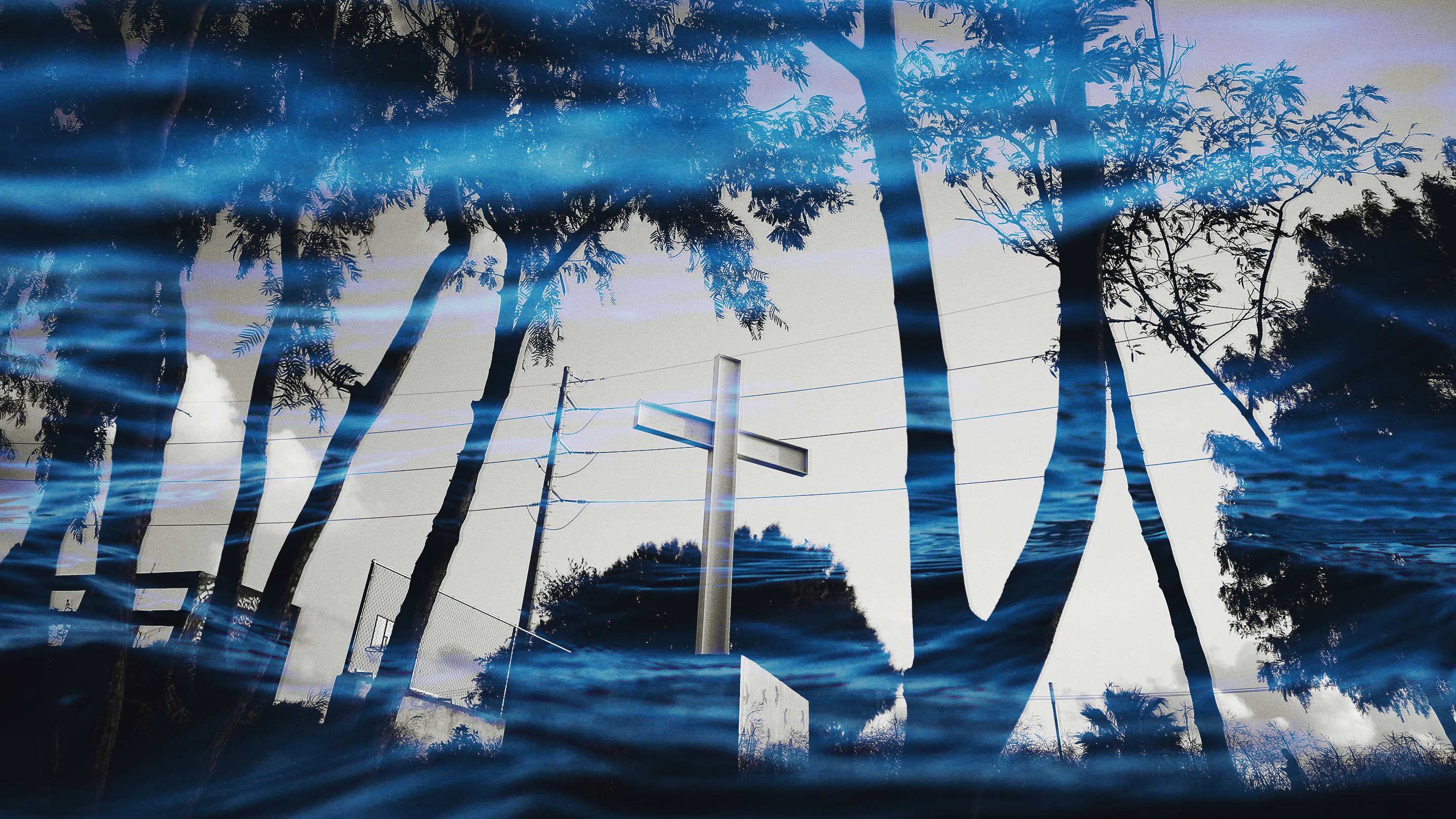
Brown Bodies, the White Gaze and the Rio Grande
When the photo of two dead asylum seekers went viral, it raised questions about journalism ethics
It has been two weeks since the photo was taken of twenty-five-year-old Óscar Alberto Martínez Ramírez and his 23-month-old daughter Valeria. The asylum seekers’ bodies washed up on the bank of the Rio Grande—about 24 hours after they were first swept away by the current, as Óscar’s wife and Valeria’s mother, Tania Vanessa Ávalos, watched in horror. In the image, Valeria is tucked inside her father’s t-shirt, Óscar’s way of ensuring she wouldn’t be carried off by the fast-moving water. This is how they were found together, face-down and side-by-side, with the little girl’s arm draped over her father’s neck.
The editor’s quote is telling, as it seems to assume that American readers literally need to see dead asylum seekers to understand that their country’s immigration policies are harmful. This, despite decades of reporting about U.S. foreign policy. It also assumes that many of us don’t already have a deep understanding of what is happening. As the children of people who endured long, brutal journeys to an often-uncaring country or as people who took this journey, it seems we are not the intended audience of this journalism. Even if the reporting is technically about our communities, it’s never really about us. This is the white gaze at work.
Nobel Laureate Toni Morrison has discussed the white gaze, the assumption that the perspective of white Americans is the only lens that matters. “Our lives have no meaning, no depth without the white gaze,” she said. Implicit in this gaze is the comfort of white people, whether as participants or observers. With this framework in mind, it seems that the photo of Óscar and Valeria would be contrary to what the white gaze requires—comfort, but American journalism always adapts to serve white people. These are American citizens who are removed from deaths in the borderlands and who cannot relate to being an economic refugee or a person fleeing widespread violence. These are people who see immigration as a theoretical conversation, rather than a violent, shapeshifting life force that propels people in search of safety hundreds of miles away to a brutal country indifferent to their annihilation. If white Americans need to see dead brown bodies to make sense of their own borders, then journalism will supply their demand. Under the Trump administration, there seems to be no end to America’s capacity to consume migrants’ suffering. After years of inaction and turning the other cheek, America wants to see it all. But then what?
While Trump and I agree on almost nothing, I will say that the media has been the enemy of some people.
As a journalist, I know the photo of Óscar and Valeria wasn’t published for communities of color impacted by migration. It was for white Americans who need graphic images in order to feel something like empathy or understanding, or to push them to interrogate their own country’s violent immigration policies.
The white gaze has been a problem in journalism since journalism’s inception. These dynamics are often disrupted by journalists of color, editors of color, and outlets that subvert the white gaze. But it should be noted that it was a Mexican journalist who took the photo of Óscar and Valeria that made its way around the world. This fact isn’t entirely surprising, given that journalism has historically been used to dehumanize communities of color and uplift white supremacy.
After Reconstruction, journalists didn’t just cover lynchings—publishing uncritical accounts of racialized terror alongside photos of hanging Black bodies—it condoned and encouraged this terrorism. African American journalist Ida B. Wells’ “Southern Horrors” documented lynching “and the all-too-frequent collaboration of the white Southern press.” And journalism’s violence continues.
Migrants can become stories, photos, soundbites, and political fodder, but somehow never understood to be people deserving of dignity.
More recently, an attorney told me a story about a respected white journalist covering Mexico and Central America for a popular outlet. The journalist essentially snuck into a migrant shelter and took photographs of asylum-seeking girls, including their faces, and begged for permission to use the images. The journalist knew better, or they should have. Publishing identifying information about an asylum seeker along with their photo is like placing a target on their back. This is especially true for vulnerable girls fleeing violence. But fuck a child’s safety if it means getting the story. What’s one death if it means putting a human face on migration? This too is the white gaze—what matters is only what is important to the white journalist and the information they want to convey to their white readers.
President Trump, whose immigration policies are killing asylum seekers like Óscar and Valeria, has repeatedly said that the media is “the enemy of the people.” While Trump and I agree on almost nothing, I will say that the media has been the enemy of some people.
Communities of color haven’t been able to escape the media’s white gaze, and it has subjected them to incredible harm and violence. Óscar and Valeria are the latest examples of how migrants can become stories, photos, soundbites, and political fodder, but somehow never understood to be people deserving of dignity and basic human rights.
On July 1, Óscar and Valeria were laid to rest. Journalists were asked not to attend, though it seems they did anyways.
My Deportation
Raised in Texas, Javier Valadez was a crucial part of the Austin arts scene—until ICE deported him







